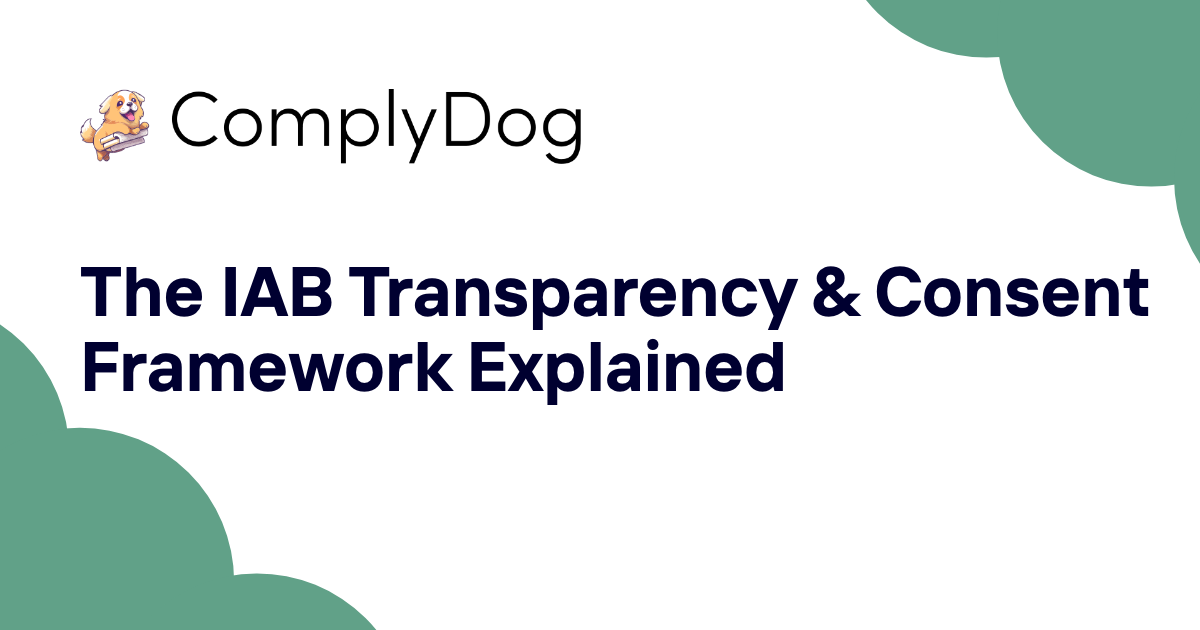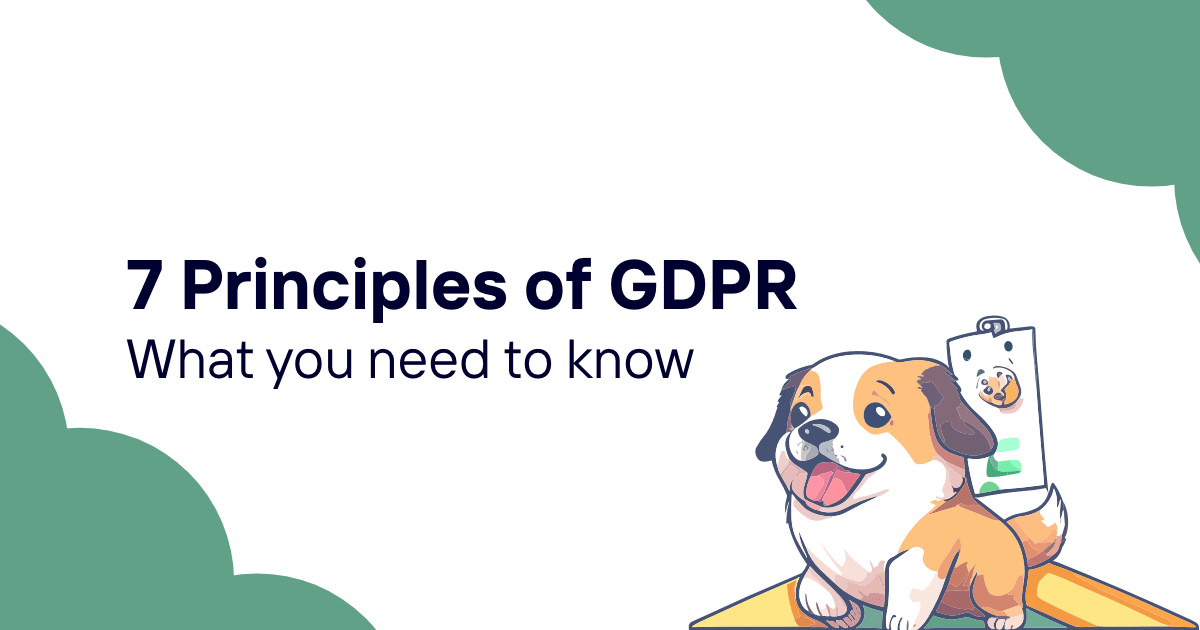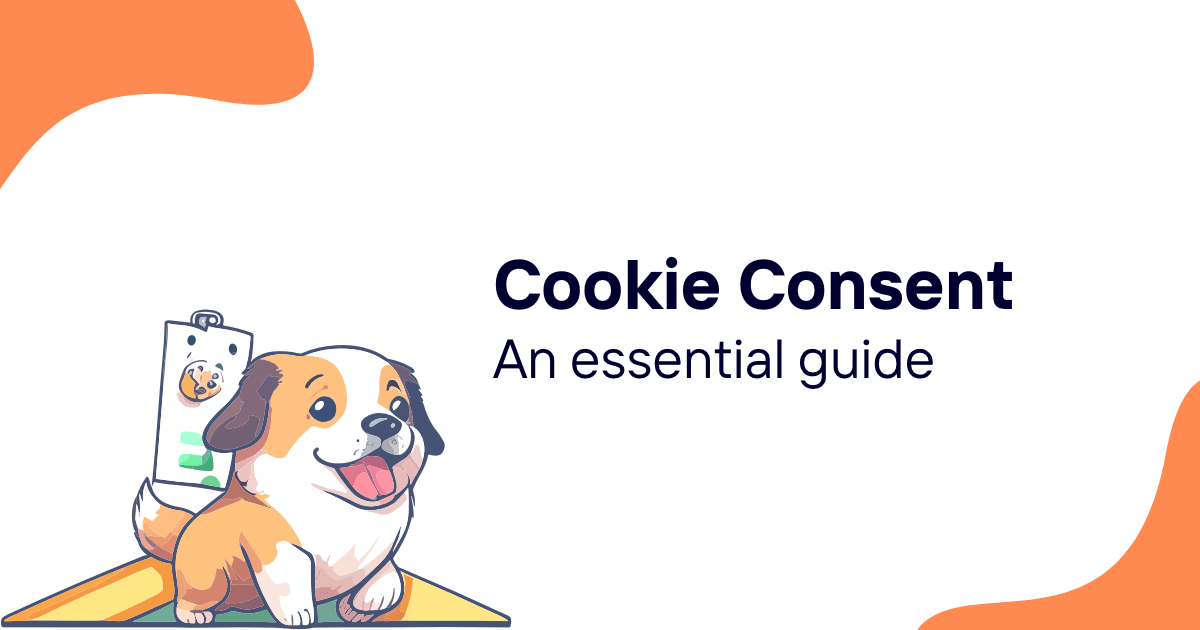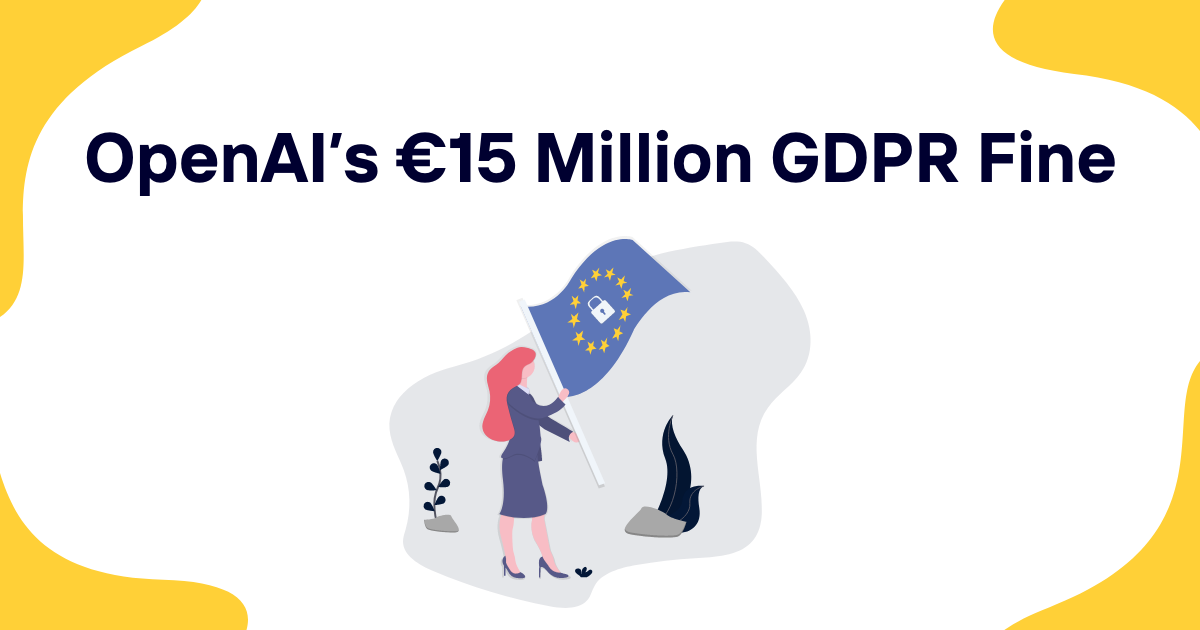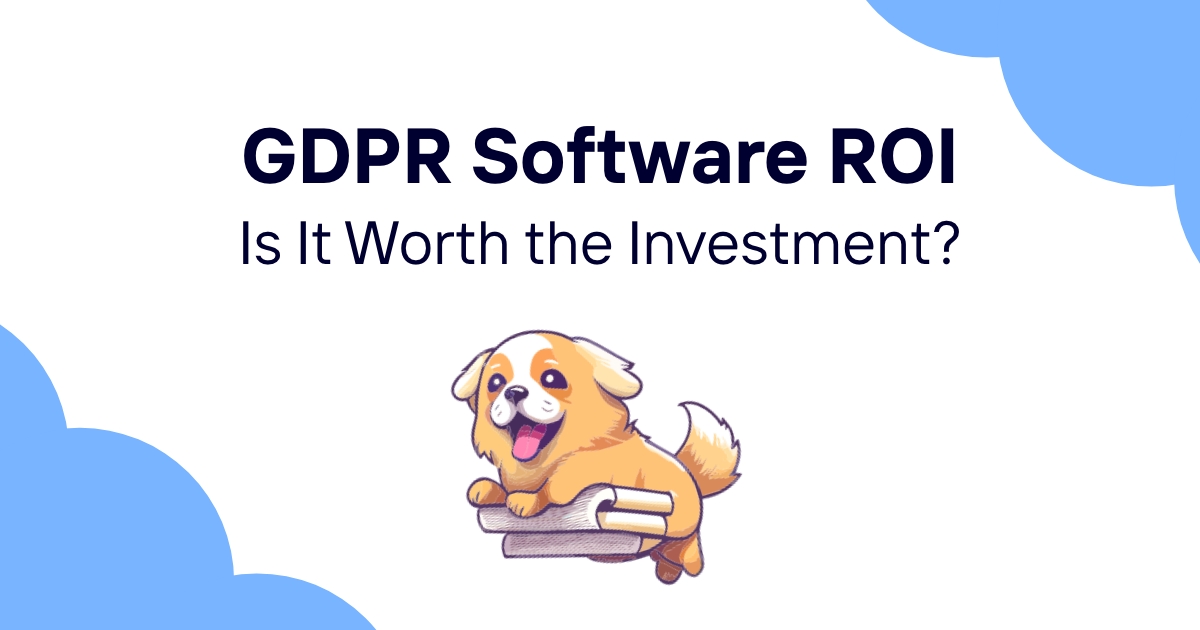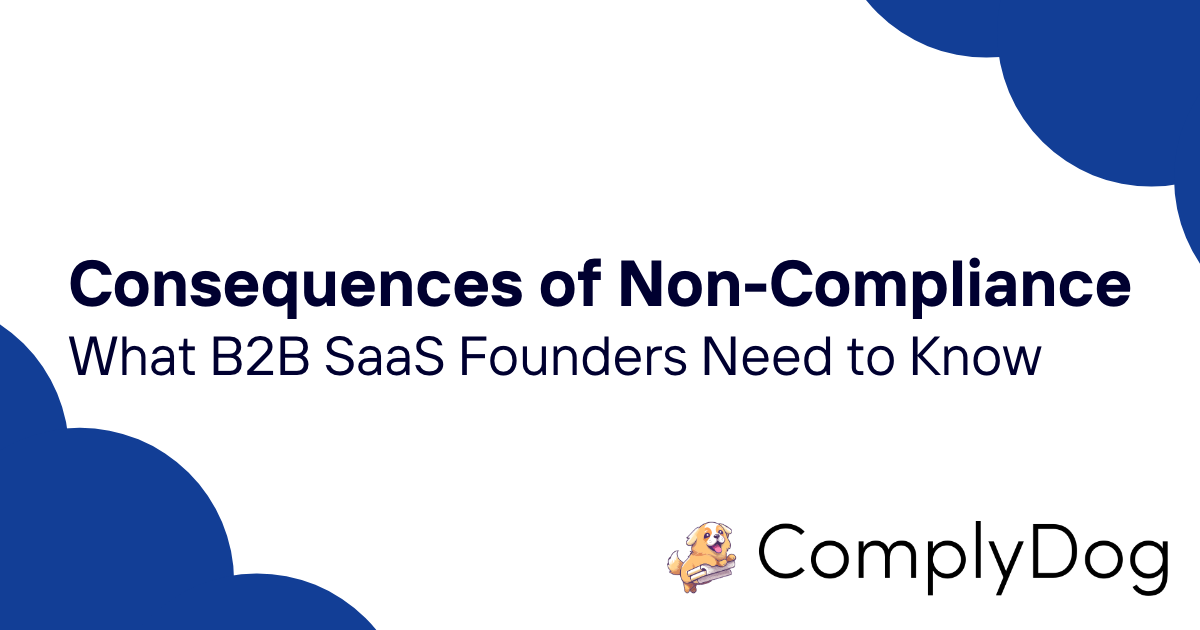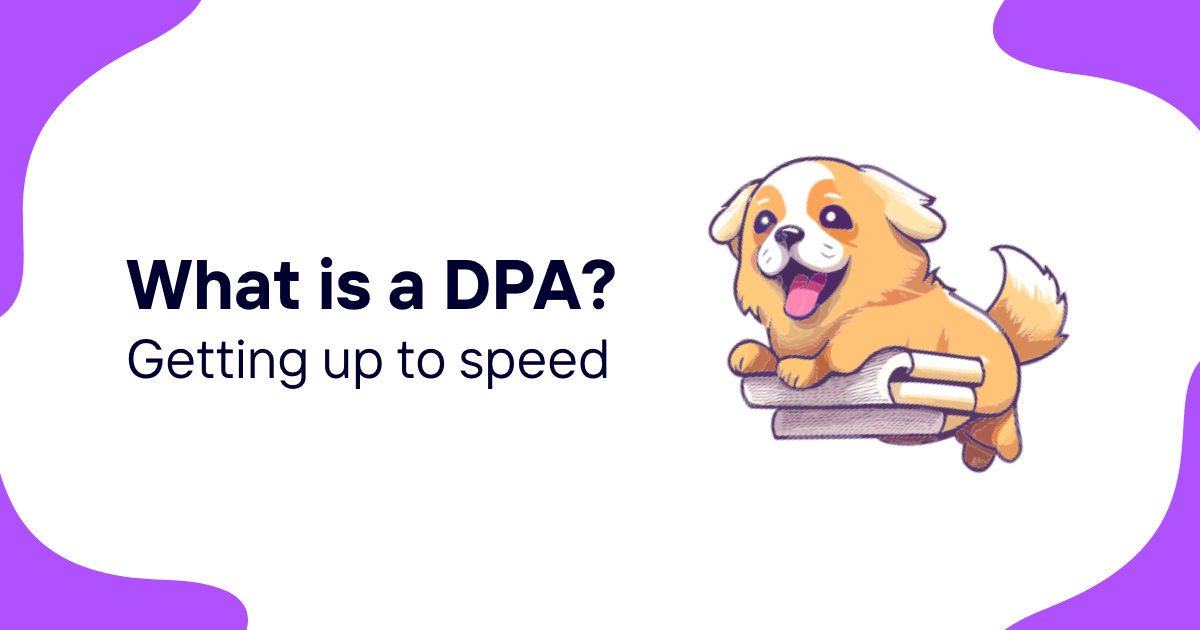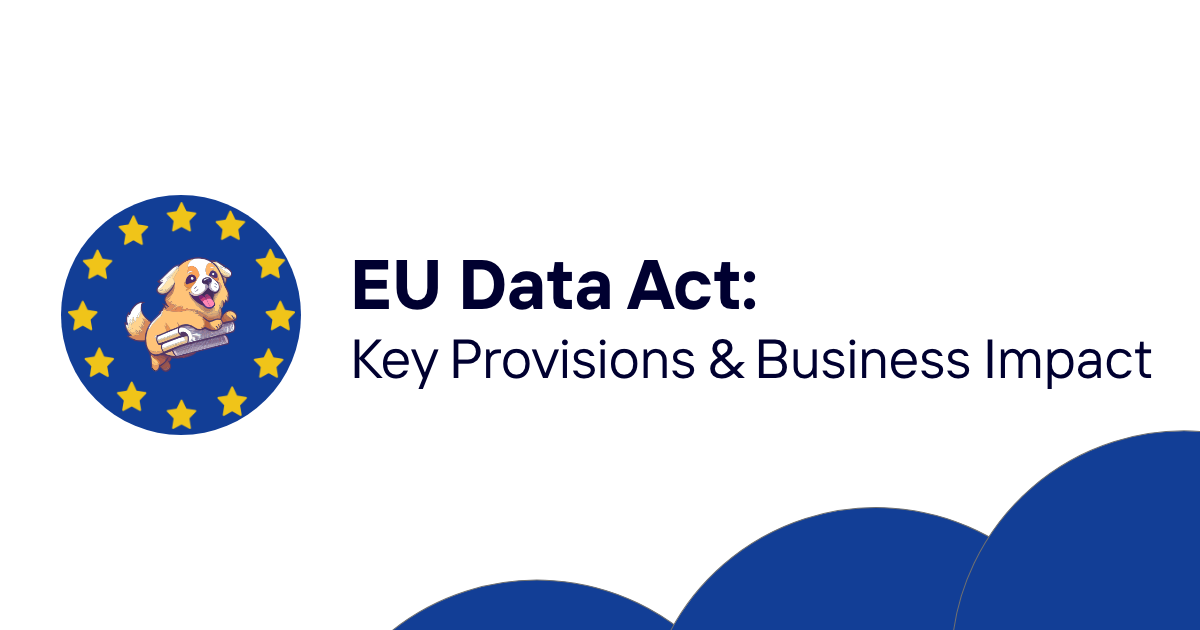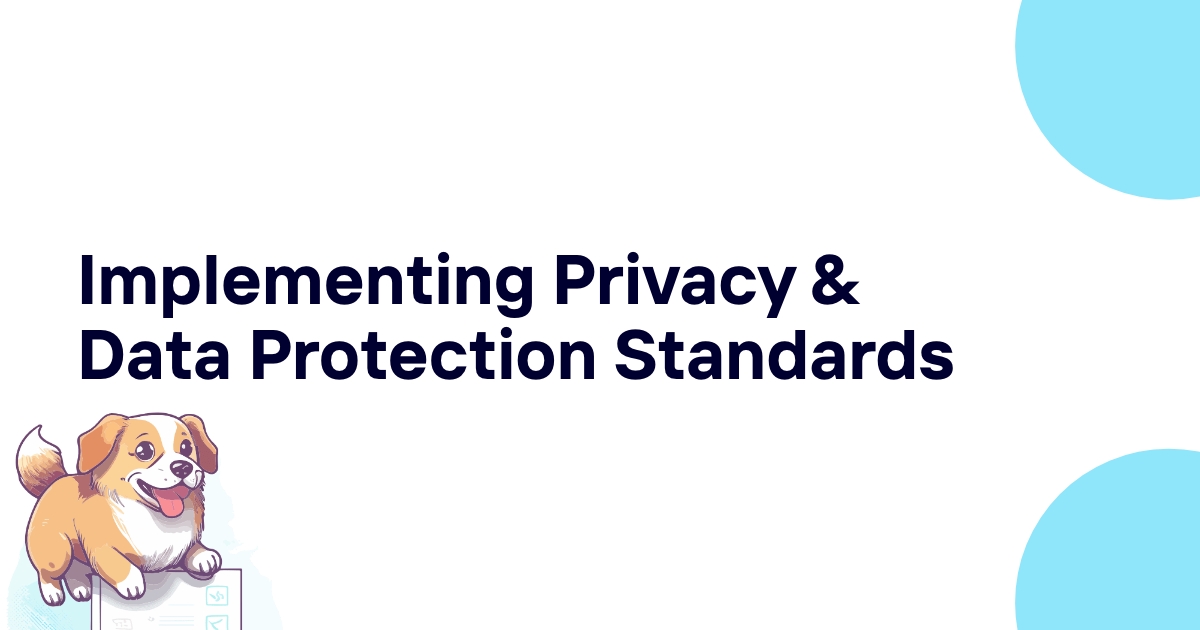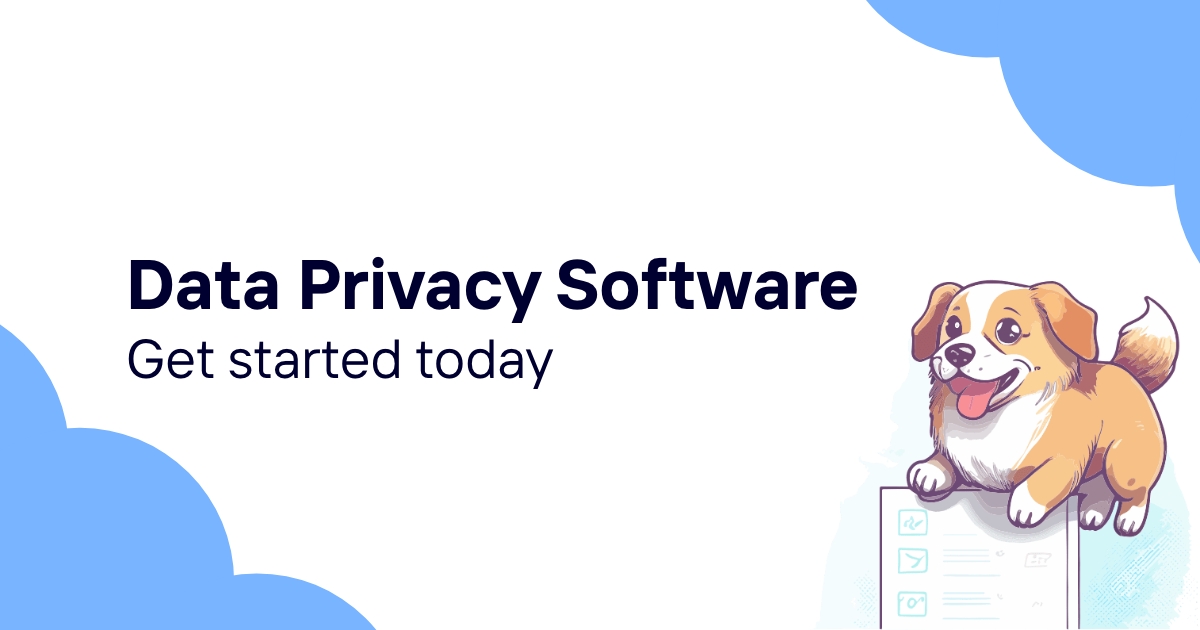The digital advertising ecosystem has become increasingly complex, with user privacy and data protection taking center stage in recent years. At the heart of Europe's privacy regulations sits one important technical standard that's reshaping how publishers, advertisers, and technology vendors operate online: the Transparency and Consent Framework, commonly known as TCF.
But what exactly is TCF, why was it created, and how does it affect businesses operating in the digital space? Let's dive into this critical component of online privacy infrastructure.
Table of Contents
- What is the Transparency and Consent Framework (TCF)?
- The History and Evolution of TCF
- How TCF Works
- TCF Core Components
- Publisher Implementation Guide
- Vendor Responsibilities Under TCF
- Benefits of TCF for Different Stakeholders
- TCF Compliance Challenges
- TCF and Global Privacy Regulations
- TCF Best Practices
- The Future of TCF
- Simplifying TCF Compliance with Software Solutions
What is the Transparency and Consent Framework (TCF)?
The Transparency and Consent Framework (TCF) is a technical standard created by IAB Europe (Interactive Advertising Bureau Europe) to help publishers, advertisers, and technology vendors comply with European privacy regulations, particularly the General Data Protection Regulation (GDPR) and ePrivacy Directive.
At its core, TCF provides a standardized approach for websites and apps to:
- Inform users about data collection practices
- Obtain valid consent for processing personal data
- Communicate user consent preferences to advertising vendors
- Establish a common language for consent across the digital advertising ecosystem
Think of TCF as a technical translator that converts complex privacy requirements into actionable signals that can flow through the digital advertising supply chain. Without such a framework, each website would need to create its own method for collecting and transmitting consent information, leading to inconsistency and potential non-compliance.
The History and Evolution of TCF
The development of TCF directly responds to the changing privacy landscape in Europe. When GDPR came into effect in May 2018, it created significant uncertainty in the digital advertising industry about how to lawfully process personal data while maintaining effective online advertising systems.
TCF 1.0 was launched in April 2018, just before GDPR's implementation date. While it represented a major step forward, this first version had limitations that became apparent as regulators provided more guidance on GDPR requirements.
TCF 2.0 arrived in August 2020, bringing substantial improvements:
- More granular user choices
- Stronger technical controls
- Greater transparency requirements
- Better accommodation of the "legitimate interest" legal basis
- Improved publisher controls
The most recent version, TCF 2.2, was released in response to feedback from data protection authorities, particularly the Belgian DPA, which had raised concerns about earlier versions. This iteration includes enhanced consent management options and addresses specific compliance issues identified by regulators.
Each evolution of the framework has strengthened privacy protections while attempting to maintain the functionality needed for the digital advertising ecosystem to operate.
How TCF Works
To understand TCF, we need to look at the user journey and the technical infrastructure that supports it.
When a user visits a website that implements TCF, they'll typically see a consent management interface (often called a "cookie banner" or "consent notice"). This interface asks the user for permission to collect and process their data for various purposes by different companies.
Behind the scenes, here's what happens:
-
User Preferences Capture: The website's Consent Management Platform (CMP) presents privacy information and collects the user's choices.
-
Consent String Generation: The CMP creates a standardized "TC string" (Transparency and Consent string) that encodes the user's preferences.
-
Consent Storage: This TC string is stored in the user's browser, typically as a cookie.
-
Preference Transmission: When ad technology vendors or other third parties interact with the website, they can access this TC string to determine whether they have permission to process the user's data.
-
Enforcement: Vendors are expected to respect the user's choices encoded in the string, only processing data for purposes to which the user has consented.
This standardized approach means that user preferences can be communicated consistently across thousands of companies in the digital advertising supply chain without each website needing to build custom solutions.
TCF Core Components
The framework consists of several key components that work together:
1. Policies
TCF includes detailed policies that participating organizations must follow. These policies define the rules of participation, technical specifications, and compliance requirements.
2. Consent Management Platforms (CMPs)
CMPs are the technical systems that implement TCF on websites or apps. They:
- Display privacy information to users
- Collect consent and record user preferences
- Generate and store the TC string
- Make this information available to vendors
CMPs must be registered with IAB Europe and follow strict technical specifications to ensure consistency across implementations.
3. Global Vendor List (GVL)
The GVL is a publicly available list of all registered vendors participating in the TCF ecosystem. Each vendor has a unique ID and declares:
- Which purposes they process data for
- Which legal bases they rely on
- What features of data processing they use
This transparency allows users to know exactly which companies might process their data and for what purposes.
4. TC String
The TC string is the technical heart of TCF—a compressed, encoded string that contains all the user's consent choices, including:
- Which purposes they've consented to
- Which vendors they've approved
- Their geographic region
- Timestamp information
- Publisher restrictions
- Special feature opt-ins
The TC string uses an efficient binary format that can be quickly transmitted between systems while containing all necessary consent information.
5. Purpose and Feature Definitions
TCF defines standardized purposes for data processing (such as "store information on a device" or "select personalized ads") and special features (such as "use precise geolocation data"). These standardized definitions ensure users receive consistent information regardless of which website they visit.
Publisher Implementation Guide
For website publishers looking to implement TCF, the process typically involves these steps:
1. Choose a Registered CMP
Select a Consent Management Platform that's officially registered with IAB Europe. Many commercial solutions are available, offering different features and integration options.
| CMP Type | Advantages | Considerations |
|---|---|---|
| Commercial | Professional support, regular updates | Ongoing costs |
| Open-source | Free, customizable | Requires more technical resources |
| Custom-built | Maximum control | High development investment |
2. Configure Your Privacy Settings
Work with your CMP to configure how consent will be collected on your site:
- Select which purposes and special features to include
- Choose which vendors to work with from the Global Vendor List
- Determine your legal bases (consent or legitimate interest)
- Set publisher restrictions if needed
3. Design User Interface
Customize how the consent interface will appear to users, ensuring it's:
- Clear and easy to understand
- Accessible for all users
- Consistent with your brand
- Available in all languages your site supports
4. Technical Integration
Implement the CMP on your website, typically through:
- Adding JavaScript to your site
- Configuring your ad server
- Setting up integrations with advertising partners
- Testing the implementation thoroughly
5. Continuous Monitoring
Once implemented, establish processes to:
- Regularly update your vendor list
- Monitor changes to the TCF specification
- Ensure your CMP remains compliant
- Track consent rates and user interactions
By following these steps, publishers can implement TCF in a way that complies with regulations while maintaining a positive user experience.
Vendor Responsibilities Under TCF
Technology vendors who participate in TCF also have specific obligations:
-
Registration: Vendors must register with IAB Europe and maintain their entries in the Global Vendor List.
-
Purpose Declaration: They must clearly declare which TCF purposes and special features they use data for.
-
Legal Basis: Vendors must specify which legal basis (consent or legitimate interest) they rely on for each purpose.
-
TC String Processing: They must be able to properly read and interpret the TC string to determine user preferences.
-
Respect User Choices: Vendors must only process personal data when they have the appropriate legal basis according to the TC string.
-
Technical Implementation: They need to implement the technical specifications correctly in their systems.
-
Contractual Commitments: Vendors must adhere to the TCF policies and may be subject to compliance monitoring.
-
Documentation: They should maintain records of compliance for accountability purposes.
Non-compliance with these responsibilities can result in removal from the framework, which would significantly impact a vendor's ability to operate in the European market.
Benefits of TCF for Different Stakeholders
The framework provides specific advantages to various participants in the digital ecosystem:
For Users
- Greater transparency about data collection practices
- More control over how their data is used
- Consistent privacy choices across websites
- Clearer information about which companies process their data
- Ability to revoke consent easily
For Publishers
- Standardized way to collect valid consent
- Reduced legal risk through structured compliance
- Ability to work with multiple vendors through one framework
- Better user experience through consistent privacy controls
- Maintained advertising revenue streams while respecting privacy
For Advertisers
- Confidence that data used for campaigns was collected lawfully
- Continued ability to run personalized campaigns when users consent
- Clearer documentation of legal bases for processing
- Reduced compliance complexity across publisher networks
- Protection from potential regulatory penalties
For Ad Tech Vendors
- Clear signals about user preferences
- Standardized mechanism to demonstrate compliance
- Reduced integration complexity with multiple publishers
- Community-developed standard rather than fragmented approaches
- Protection from legal liability when properly implemented
TCF Compliance Challenges
Despite its benefits, implementing TCF presents several challenges:
Technical Complexity
The technical specifications of TCF are complex and require significant development resources. Smaller organizations often struggle with proper implementation, leading to potential compliance gaps.
User Experience Friction
Consent interfaces can disrupt the user experience. Finding the balance between comprehensive privacy controls and usable websites remains difficult. Sites must be careful not to create "consent fatigue" that leads users to click whatever button will make the notice disappear fastest.
Changing Regulatory Interpretations
Data protection authorities continue to refine their interpretations of GDPR requirements. The Belgian DPA's decision regarding IAB Europe and TCF in 2022 highlighted that the framework must continue to evolve to meet regulatory expectations.
Documentation Burden
Organizations must maintain extensive documentation of their TCF implementation to demonstrate compliance. This administrative overhead can be substantial, especially for companies operating across multiple markets.
Global Inconsistency
While TCF addresses European requirements, many companies operate globally and must deal with different privacy frameworks in other regions. This creates additional complexity in managing consistent but compliant approaches worldwide.
TCF and Global Privacy Regulations
TCF was designed primarily for GDPR compliance, but privacy regulations are expanding globally. How does TCF fit into this broader landscape?
GDPR and ePrivacy Directive
TCF directly addresses requirements from these European regulations, providing a structured way to collect and manage consent for cookies and personal data processing.
California Consumer Privacy Act (CCPA)
While TCF wasn't designed for CCPA compliance, some CMPs offer extended functionality to address both European and California requirements through a single interface.
Other Regional Frameworks
As more countries implement privacy regulations, TCF may evolve to accommodate these or serve as a model for region-specific frameworks. The underlying principles of transparency and user control are becoming universal in privacy legislation.
Global Privacy Control (GPC)
Some technical standards like Global Privacy Control are emerging as complementary or alternative approaches. Organizations implementing TCF should monitor these developments and consider how they integrate with their overall privacy strategy.
TCF Best Practices
Organizations implementing TCF should consider these best practices:
1. Prioritize Transparency
Go beyond minimum requirements to provide clear information about data practices. Users who understand what they're consenting to are more likely to provide valid consent.
2. Respect User Choice
Design systems that properly enforce user preferences throughout the advertising supply chain. Implementing technical measures to prevent unauthorized data processing demonstrates commitment to privacy.
3. Document Everything
Maintain comprehensive records of your TCF implementation, including:
- CMP configuration settings
- UI design decisions
- Vendor selection processes
- Legal basis assessments
- Regular compliance reviews
4. Regular Audits
Conduct periodic audits of your TCF implementation to ensure it remains compliant as regulations and the framework itself evolve.
5. Test User Journeys
Regularly test the user experience of providing or refusing consent to ensure all systems respect these choices correctly.
6. Stay Current
Monitor changes to TCF specifications and regulatory guidance. The privacy landscape continues to evolve, and staying current is essential for maintaining compliance.
The Future of TCF
The framework continues to evolve in response to regulatory decisions, technological changes, and market needs:
Regulatory Influence
Decisions like the Belgian DPA's ruling have pushed TCF to strengthen its privacy protections. Future versions will likely continue to address specific regulatory concerns.
Technical Advances
As browsers phase out third-party cookies, TCF may need to adapt to new identification and tracking technologies while maintaining strong privacy safeguards.
Scope Expansion
TCF could potentially expand to address other privacy regulations beyond GDPR, creating a more global standard for privacy preferences.
Integration with Other Standards
Cooperation between different privacy frameworks and technical standards could create more interoperable systems that reduce complexity for all participants.
Consent Optimization
Future development may focus on reducing the friction in consent experiences while maintaining the substance of meaningful choice, helping to balance compliance needs with user experience.
Simplifying TCF Compliance with Software Solutions
Implementing TCF correctly involves significant technical complexity and ongoing maintenance. This is where specialized compliance software can make a substantial difference.
Modern compliance platforms like ComplyDog offer integrated solutions that help organizations manage their TCF obligations more efficiently. These platforms typically provide:
- Pre-configured CMP options with TCF support
- Automated vendor management
- Documentation generation for compliance records
- Consent rate analytics and optimization
- Regular updates as the framework evolves
- Integration with broader privacy compliance programs
By leveraging compliance software, organizations can reduce the technical burden of TCF implementation while increasing confidence in their compliance status. The best solutions provide not just the technical infrastructure but also guidance on implementation best practices and regulatory requirements.
Using a dedicated compliance platform allows your team to focus on core business activities while ensuring privacy requirements are properly addressed. As privacy regulations continue to evolve globally, having flexible software tools that adapt to changing requirements becomes increasingly valuable.
For companies navigating the complex intersection of digital advertising and privacy regulations, TCF represents both a challenge and an opportunity. By implementing it correctly—potentially with the support of specialized compliance software—organizations can build trust with users, reduce regulatory risk, and continue to benefit from digital advertising while respecting privacy rights.
In an environment where privacy expectations continue to rise, getting TCF implementation right isn't just about compliance—it's about demonstrating respect for users and building sustainable digital business models for the future.
